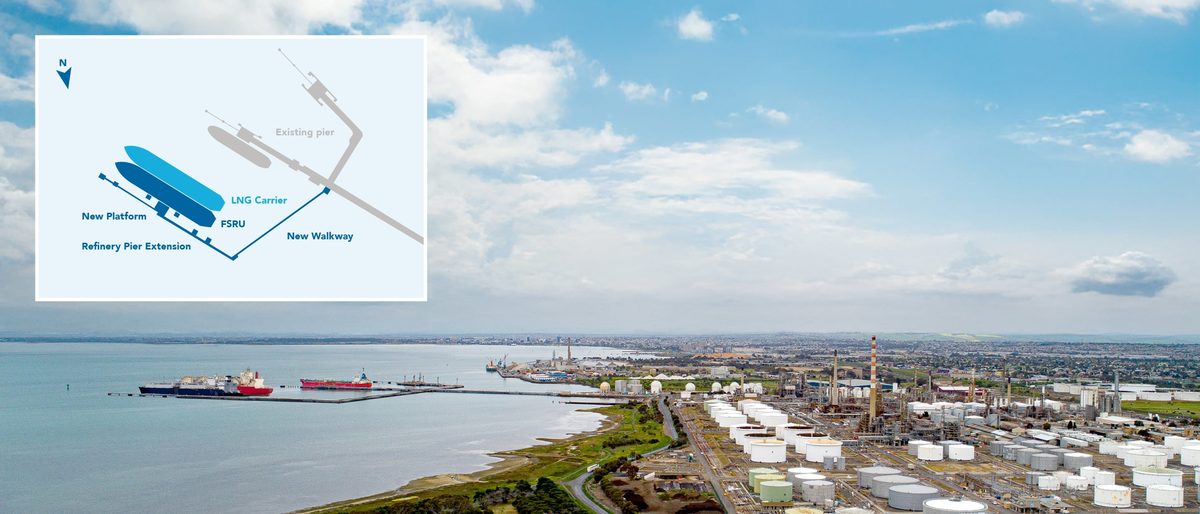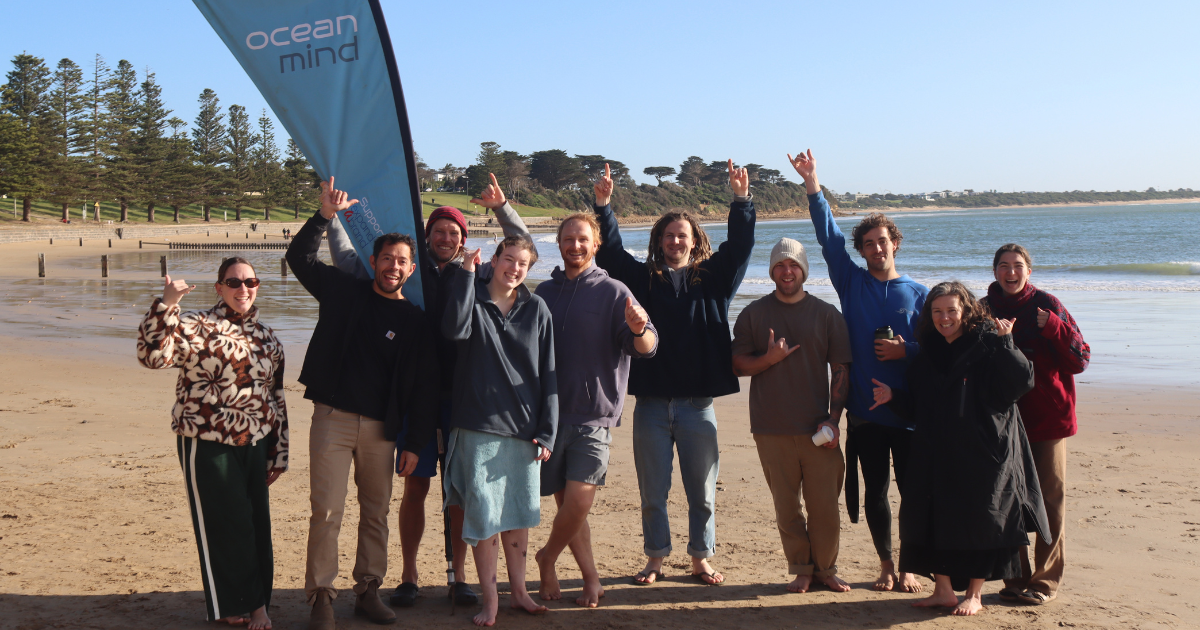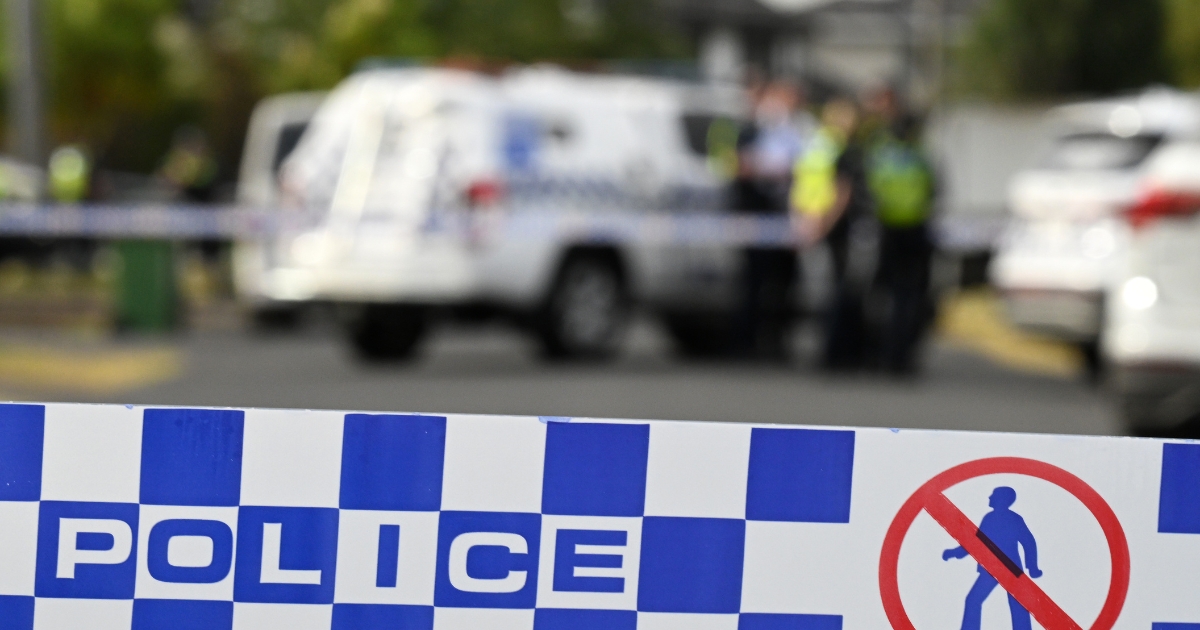Friends of the Barwon want higher enviro flows

Friends of the Barwon want higher environmental flows for the Barwon and Moorabool rivers. Photo: FACEBOOK/FOTB
THE Victorian government’s new strategy to meet the state’s water needs for the next 50 years has met with disapproval from local river advocates, who say its focus on increasing supply is “misguided”.
The Central and Gippsland Region Sustainable Water Strategy went public on September 12 and outlines the growing pressures in coming decades on water availability from the Otways to Mallacoota, and the multitude of tasks needed to prepare for often-competing challenges.
A growing population of more than 6 million Victorians alongside forecast drier conditions means water supplies will need to double in the next 50 years, according to the strategy.
The two investment priorities to help achieve this goal are water efficiency for homes, businesses and farms, and increasing the region’s water supplies over the next half-century.
The strategy notes increasing water supplies needs to be achieved while simultaneously transitioning away from a reliance on river water, and that a greater reliance on manufactured water – recycled water, treated stormwater and desalination – is needed.
“As the use of manufactured water increases, some river water will become available for other uses like returning water to Traditional Owners and the environment, without taking water from farmers or other water users,” the strategy states.

Friends of the Barwon president Trevor Hodson said returning water to the environment had the lowest priority in the strategy and the water promised was a fraction of what was actually needed.
“The Barwon River Basin is promised a target of five gigalitres (GL) a year of environmental water to prevent cease to flow events… yet the real amount required to achieve this is very much higher – 29 GL a year.
“The situation is similar in the Moorabool Basin… our rivers are in a critical state and without urgent action the situation will only worsen.”
He argues a potential answer to solving at least some of the region’s future water needs is not being considered sufficiently, even though it is raised in the strategy.
“One has to ask why the government doesn’t have the courage to address the elephant in the room and put potable use for recycled water on the table immediately.
“We already have the potential resource in the waste water discharged from the Eastern and Western Treatment Plants; over 300 GL a year is discharged to sea and is in effect wasted.
“The strategy specifically rules out using recycled water for drinking, handballing this to the EPA and the water industry to develop templates to help industry apply and adjust to new Victorian recycled water guidelines.”

















